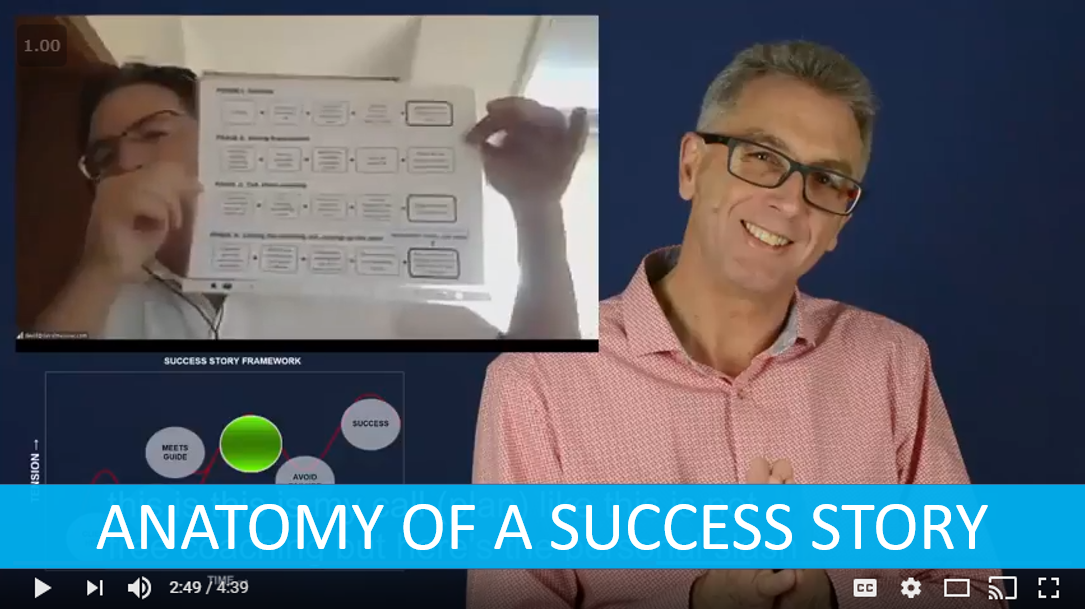The Morgan-Stanley Company occupied 22 floors up to level 72 in Tower 1 of the World Trade Centre in 2001; here is their survival story.
Rick Rescorla may be the greatest American hero you’ve never heard of. A decorated Vietnam veteran of British birth, Rescorla was the head of security for Morgan Stanley’s World Trade Center offices in New York City. With a workforce of nearly 3,000 people, the bank was the towers’ largest tenant.
Although Rescorla’s heroics hold a special place in the hearts of Morgan Stanley employees, his deep understanding of crises made him a pain in the neck to some…
Rescorla was an expert disaster planner. He worried that the World Trade Center represented a major terrorist target, so he put Morgan Stanley employees through frequent, random evacuation drills.
When Rescorla’s evacuation drill orders came, everything stopped. Every last person in the company knew the evacuation routes, time limits, and contingency plans - would practice them. Although Morgan Stanley traded hundreds of millions of dollars a day through its World Trade Center offices, every employee had to participate in Rescorla’s evacuation drills.
Rescorla appointed team leaders and fire marshals for every floor. They underwent extra training. Their jobs were to make sure the different floors would follow his comprehensive 22-floor evacuation plan. Every visitor to Morgan Stanley would receive a proper safety briefing before conducting any business in the offices. Some folks found Rescorla’s drills annoying - some wanted to skip the interruptions and keep working.
The first plane hit Tower 1 at 8:46 a.m. on September 11, 2001. The Morgan Stanley offices were in Tower 2. Office workers felt the explosion and saw the damage; they could see people breaking out of windows and crawling out to escape the heat and flames. Some were jumping.
Shortly after impact, the Port Authority came across the buildings’ intercom system - the order was for everyone, in both towers, to stay put.
Rescorla was already out taking action right according to plan. He ordered his security staff, floor leaders, and fire marshals to evacuate immediately. He picked up his walkie-talkie and bullhorn and commanded the operation, floor by floor. The Morgan Stanley evacuation plan went into full effect, and the people responded the moment the order came down. They had been drilled in exactly what to do.
Seventeen minutes later, at 9:03 a.m., the second plane hit Tower 2: the jolt knocked people off their feet, desks and file cabinets overturned, papers littered the floors, the power went out. Many sustained injuries in the stairwells and on the Morgan Stanley floors. The stress on everyone jumped from high to extreme. But the evacuation continued according to plan.
Rescorla knew everyone in the building was in serious trouble. His people were performing well, but he needed to maintain their focus. He didn’t want anyone freezing - so he picked up his bullhorn and began singing songs from his youth. They were the same songs he’d sung to his men back in Vietnam. They helped people keep fear at bay and focus on the task at hand. The songs worked just as well in the World Trade Center stairwells as they did during the war.
In between songs, Rescorla paused to call his wife. “Stop crying,” he told her, “I have to get these people out safely. If something should happen to me, I want you to know I’ve never been happier. You made my life.”
By around 9:45, the evacuation of Morgan Stanley’s offices was nearly complete. But at the bottom, Rescorla turned around and started heading back up. A handful of people were unaccounted for - including members of his security staff.
Then, there were the firemen, police, and people from every other office in the building. Everyone knew Rescorla wouldn’t come out until every last person had been rescued.
Rick Rescorla, American hero, was last seen in the 10th floor stairwell, heading higher. Not long after that, at 9:59 a.m., Tower 2 collapsed.
Thirteen Morgan Stanley employees died on 9/11. This includes Rescorla and four of his security team. But the remaining 2,687 employees, plus 250 office visitors, survived. [**Note the time lapse to building collapse was 14 minutes**]
They survived in large part thanks to Rescorla and his knowledge of something called “negative panic.”
They survived because Rick Rescorla had a plan.
[From Dr David Elfrig’s
Doctor’s Protocal and Field Manual
, Agora Publishing, Investment Advisory]
____________________________________
Company
: Morgan Stanley
Source
: Ralph Ritchie, 2013
Reference
: http://survivingtimesoftrouble.com/httpritchieunlimitedpublications-commorganstanley/
Story Type
: Insight, Values
____________________________________
For Story Students:
The Setting
: Sept 2011, World Trade Centre
The Complications
: Corporate staff do not appreciate safety training or fire drills
The Turning Point
: Rescoria's planning and practice regime was critically needed when the twin towers were struck by terrorist controlled planes on 9th September 2011
The Resolution
: Rescoria's training saved 2687 employees out of a total staff of 2700 in the tower that day.
The Point of the Story
: Rescoria's training saved 2687 employees out of a total staff of 2700 in the tower that day. The story demonstrates the values of protection and safety
How to use this story
: Any situation where customers need to be convinced about the importance of emergency response preparedness
____________________________________




